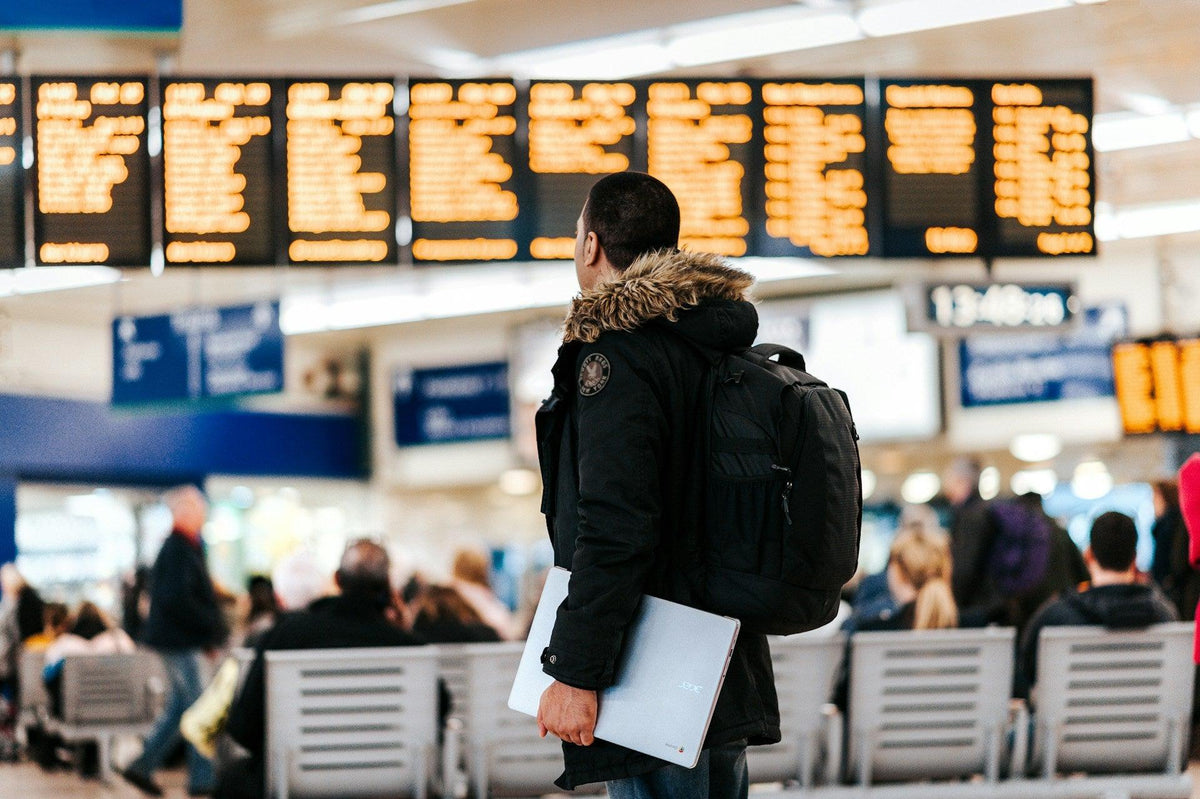First-time visitors to Georgia often want a clear, stress-free introduction that balances culture, nature and everyday comfort. Many begin in Tbilisi, where the airport sits close to the city centre and the compact Old Town allows easy walking between the sulphur baths, Narikala cable car and riverside viewpoints. Sustainable travel here means choosing walkable routes, local cafés and small hotels that support the community. Short trips to Mtskheta add historical depth without long drives, while Kakheti introduces wine traditions through slower, guided visits that reduce unnecessary transport. Some travellers combine Tbilisi with Batumi, using efficient internal travel rather than multiple flights. At Friendly Turtle EcoBlog, we encourage first-time visitors to travel Georgia responsibly by pacing itineraries, staying in family-run guesthouses, joining small-group tours and respecting local ecosystems. These mindful choices help reduce environmental impact while still offering a rich, authentic experience of Georgia’s cities, landscapes and traditions.
Share your articles with us and get published! Reach out at hello@friendlyturtle.com.
Eco-Friendly Travel Tips for Students: Journeying Sustainably

Adopting sustainable travel practices is more important now than ever before. The UK has a goal of reaching net zero emissions by 2050 and we all share a collective responsibility to protect our planet. Whether you’re travelling from Ireland to the UK or sightseeing across Europe, there are many options you can choose to make travelling as green as possible.
What are the advantages of sustainable travel?
The future of our planet is in the palm of our hands. By making a conscious effort to choose sustainable travelling options, we can steer clear of CO2 emissions, contributing towards the UK’s target of achieving net zero emissions by 2050. The small choices you make every day will help to preserve the planet for future generations.
Embracing sustainable travel isn’t just great for the environment - it’s also beneficial for local communities and cultures. 2020 saw a drop in travel and tourism and small businesses are still suffering from it today. Whether you choose to dine at a local restaurant over a food chain or purchase souvenirs crafted by a local artisan, there are many ways you can help these communities thrive. So, here’s our advice on how you can travel sustainably as a student.

Tips on travelling sustainably
Ride the train
When it comes to longer journeys, the most environmentally friendly option available is travelling via train. By utilising train services, you can contribute to approximately 500 fewer cars on the road in the UK alone. This can reduce congestion and even slash carbon emissions by up to 73%.
If you’re travelling across the rest of Europe, you should certainly consider the Eurail. With one pass available on your phone, you can explore 33 different countries! On average, planes emit 4.84 times more greenhouse gases than trains, making it the perfect sustainable alternative.
Take a boat trip
If you’re travelling from your student accommodation in Cork to the UK, ferries are the more environmentally friendly choice. Travelling by boat rather than flying can reduce your carbon emissions by around 95%.
Use direct flights
Sometimes, flights are unavoidable, so always look for direct ones first - even if that means getting a train to a different city first. Since a larger proportion of the plane’s fuel consumption occurs during take-off and landing, you can reduce unnecessary carbon emissions with this tip.
Pack light
Especially when taking flights, you should pack only what you need and encourage your friends to do the same. If each passenger carries a kilo less, you can collectively save the amount of energy it takes for 80 washing cycles. The less you pack, the less fuel is needed to fly the plane.
Stay in eco-friendly accommodations
Environmentally friendly accommodations are built and operated to minimise the carbon footprint of the owners and employees, as well as for yourself. You can identify eco-friendly housing by checking what energy-saving and water-saving systems are in place, where they source their food from and if they are committed to recycling.
Walk
Where possible, you should always consider walking. Whether you’re visiting the nearest beach or looking to buy a keepsake from a souvenir shop, getting there by foot is the greenest option possible. Since you don’t have to rely on non-renewable resources, such as petrol to fuel cars or buses, and no materials are used, as there would be for creating bikes, it’s the most sustainable way of travelling. Not only is this great for the planet, but you also get to enjoy the stunning scenery that surrounds you, get your steps in and boost your serotonin levels by being outdoors - it’s a win-win!
Use local public transport
Sometimes walking isn’t always practical, and that’s where local public transport can help you. With plenty of information online about trams, bus and train schedules in the country you’re in, you can get to your next destination with ease. By doing so, you can reduce CO2 emissions by 42% and enjoy the benefits of bus lanes where available. You’ll spend less time waiting in traffic, resulting in faster journeys. The more people that use public transport, the less cars there are on the road meaning there are fewer cars releasing CO2 emissions.
Visit parks & protected areas
When looking for activities to do on your travels, visiting parks and protected areas should be high on your list.
Protected areas play a huge role in preserving natural resources and creating new habitats for wildlife. For the preservation of these parks, the owners rely on tourism, including entrance fees and operator permits. So, if you’re looking for activities to do whilst travelling, research what protected parks are near you.
Pack reusable items
Since COVID, many people in the travel and hospitality sector have opted for single-use items for hygiene precautions. One of the ways you can combat this is by packing a reusable water bottle. If you’re concerned about the water quality, opt for one with a built-in purifier. You could also pack travel cutlery for when you’re indulging in the local street food. This way, you don’t have to throw any unnecessary waste away.

Conclusion
By practising sustainable travel habits, you can significantly help our world and protect communities. Remember, it’s the small choices we all decide to make that matter - play your part and use these sustainable tips on your travels.
0 comments
Let customers speak for us
Blog posts
A calm, multifunctional garden can be more than a pretty backdrop it can become a practical extension of your home that supports slow mornings, outdoor meals, and genuine downtime. In this Friendly Turtle EcoBlog guide, we look at simple, sustainable ways to shape an outdoor space that feels organised, welcoming, and easy to use throughout the week. Start by creating clear “zones”: a quiet seating corner for reading, a dining spot for relaxed lunches, and a flexible open area for play or potting. Light-touch structures, such as an airy pergola or a sheltered veranda, add definition without blocking daylight, making the garden usable in changeable weather. Keep the mood restful with layered planting: evergreens for year-round structure, seasonal flowers for colour, and lightly scented herbs near paths. Choose reclaimed or recycled materials where possible, add soft warm lighting, and reduce water waste with mulch and a simple rainwater butt. The result is a garden that feels calm, functional, and kinder to the planet.
Finding the right mental health support in Woodland Hills starts with checking credentials, treatment approach and access to care. Look for licensed clinicians with training in evidence-based therapies such as CBT or DBT, and ask whether programmes offer coordinated psychiatry, talking therapy and crisis support when needed. The best providers also explain your options clearly, from outpatient sessions to more structured day programmes, and may include complementary practices that support recovery, such as mindfulness, movement and nutrition guidance. At Friendly Turtle EcoBlog, we often explore how everyday choices shape wellbeing; this guide applies the same practical lens to mental health care, helping you compare services, understand what ‘holistic’ really means, and choose a setting that feels safe, respectful and tailored to your needs. It also highlights practical questions to ask about availability, confidentiality, fees and insurance, so you can make a confident, informed decision.



